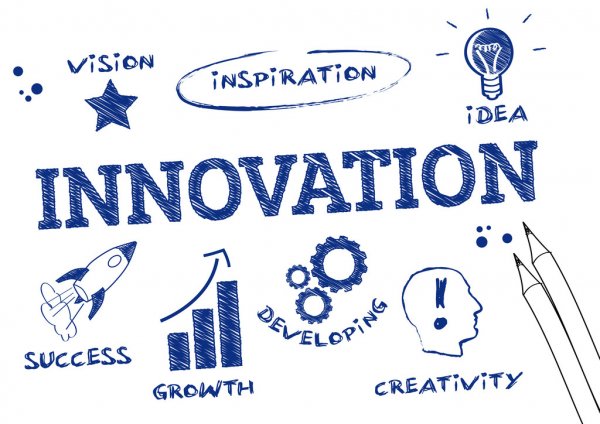Otto Scharmer's Theory U or How Innovation is Created
 By Catherine Miller
By Catherine Miller
Otto Scharmer's Theory U is the result of a four-year study to find out how some companies in
conditions of uncertainty and instability manage not just to find trend-setting solutions, but
trend-setting solutions. Otto Scharmer, a senior lecturer at the MIT Sloan School of Management, and
his colleagues suggested using the experience of the best innovative companies to make decisions and
solve problems ranging from the socio-economic to the global, which affect the future of all humanity.
Over a four-year period from 1996 to 2000, the authors conducted research, including 150 interviews
with prominent leaders of the most innovative companies in the world, with leading scientists and
philosophers, which resulted in the formation of Theory U.
The essence of the theory is that the decision-making process, consists of certain steps, similar to
the curve, resembling the letter U. Theory U proposes to use not only a rational approach to
decision-making, but also to rely on feelings, which are excluded in the traditional approach to
decision-making, and perform all actions, focusing on the goal that we want to achieve in the future,
ie to plan all steps, focusing on the future, but not looking at the past.
Thus, Theory U, which proposes a systematic approach to decision-making, includes the following seven
steps (www.ottoscharmer.com ):
- on the first step it is necessary to clarify the situation as much as possible in order to minimize
the likelihood of unforeseen circumstances;
- the next step is the collection of information, but at this stage the main thing is to refrain from
making premature decisions, as would be the case with the traditional approach after data collection,
analysis and evaluation;
- the third step, despite its seemingly simplicity, is quite complicated, because it is necessary to
let go of everything, all the information received, in order to look at the situation or problematic
issue from another unaccustomed side;
- on the fourth step it is necessary to pause, to connect with feelings, to allow something new to be
born, which again is rather complicated, because leaders cannot do nothing;
- the fifth step is the manifestation of the new, because after a complete reset new solutions begin
to emerge on that step is the expression of his feelings about what is happening, in relation to the
issue, to the problem, the leader can not just voice, but also visualize, to most accurately convey
his vision to the team without distortion;
- on the sixth step the design of the solution is carried out, it is on this step together with the
team to create prototypes, minimally working new solutions;
- in the seventh stage, the decision is put into practice and information is again gathered and
analyzed on how the decision can affect the socio-economic and environmental situation, whether the
decision has improved people's lives, how useful it is and whether it has brought the team and company
closer to the desired future, so it goes back to the first stage at the beginning of the curve, i.e.
this process is essentially an endless way of creating and testing innovation.
The key to using Theory U is that it will not work without three basic principles that are fundamental
to innovative leaders - open mind and curiosity, empathy, will and the courage to innovate.